Confidently Choose Your Weight Distribution Hitch - Here's 5 Tips
What Size Weight Distribution Hitch Do I Need? What is Sway Control, and What Type Do I Need? Do I Want to Get Out of My Car to Back Up? How Do I Install My Weight Distribution Hitch? Round vs. Trunnion vs. Square Bars: Which Should I Use?
1. What Size Weight Distribution Hitch Do I Need?
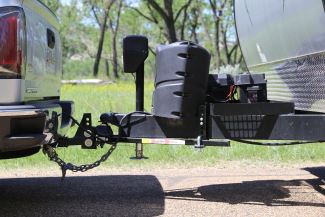
2. What is Sway Control, and What Type Do I Need?
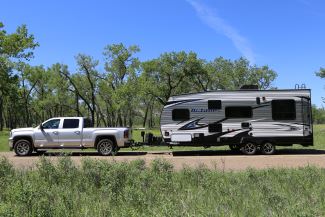
3. Do I Want to Get Out of My Car to Back Up?
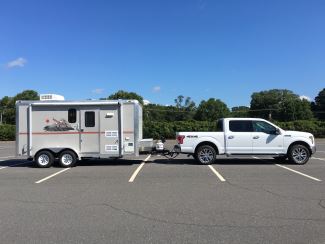
4. How Do I Install My Weight Distribution Hitch?
Head Adjustment Methods
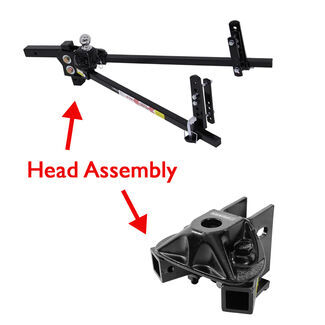

Sway Control Methods
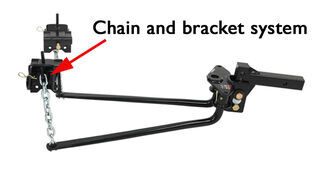
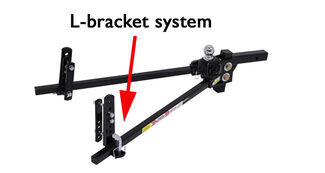
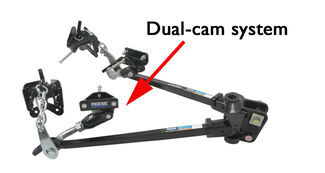
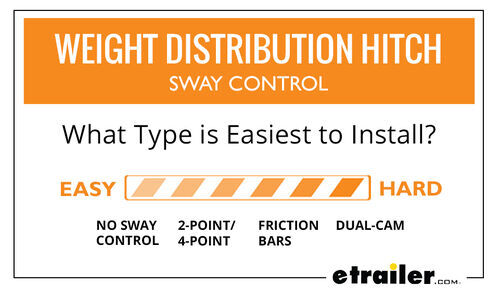
5. Round vs. Trunnion vs. Square Bars: Which Should I Use?
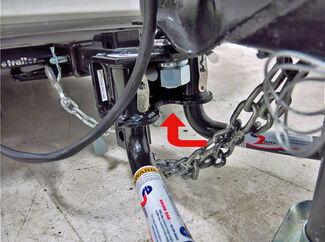
Round Bars
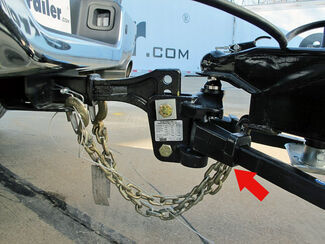
Trunnion Bars
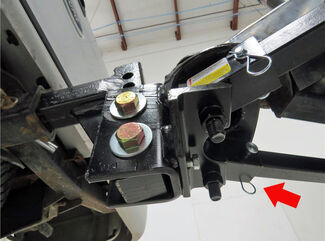
Square and Specialty Spring Bars
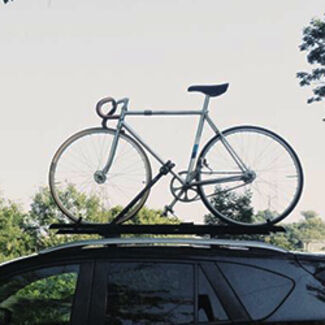
Steve M.
9/17/2022
Have a 2019 Ram (5.7 Hemi) with factory trailer tow pkg. Just purchased a 2014 StarCraft Widebody 25’ travel trailer. Came with E2 Hitch. Have only pulled it twice. Before second pull I adjusted the L-brackets up one notch to increase equalization. Still a bit light on the steer. Should I go up one more hole on the L-brackets to provide more WD? Adjusting the ball seems a bit complicated with all the washers!

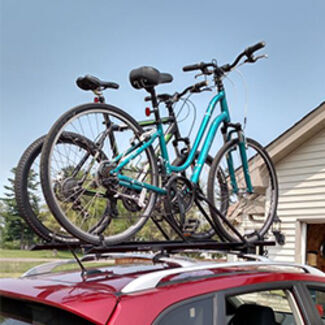
Zack M.
9/11/2022
Looking at a new WDH and looking for recommendations. The camper dry weight is 4900 and 570 tongue weight. After battery, propane, tools etc I believe my tongue weight will be 800-850 pounds. I’m looking at the Reese Pro round bar, or fast way E2 round bar 8000 gtw. So my question is if my tongue weight is around 800 and the bars are 400-800 is that good because it’s in the range or is a 600 optimal and since I’m right on the line I would be better off with a e2 with a GTW of 600-1000?


Gary D.
9/5/2022
I am in the process of purchasing a 2023 Grand Design Transcend Xplor 240ML travel trailer. 29ft 10 in length, Dry weight of 6282 lbs/GW of 7495 lbs. In addition, I am also trading in my 2020 F 150 XLT for a 2023 F 250HD. This past weekend, we towed a 2022 CrossRoads RV Cruiser Aire CR33BHB with my F 150 XLT 4x4 and drove 450 miles, scariest drive I've ever encountered. We were out of control most of the trip with sway and bounce. Sag on the rear of the F 150 was incredible. The F 150 has sway and roll stability control, but literally every time a semi passed us, the trailer would lean and begin to sway causing the F 150 to porpoise with the trailer. The tongue weight caused the front end of the F 150 to lift, creating a feeling of hydroplaning the entire 450 miles, and me white knuckling the whole trip. I'm basing my upcoming purchases on solving some of the issue of truck towing capacity and the fact the trailer was way heavier than the towing vehicle. Is there a simpler fix for the F 150 to be able to tow a long travel trailer instead of buying a larger truck?


Dave
7/27/2022
I have E2 equalizer hitch 10000 w/ 1000# trunnions Trailer 7850 GW with 800# tongue weight. I have the weight distribution set as per manual. I have towed it with less than tongue weight and with 800 # weight. I experience teeter tottering (bouncy) between truck and trailer when going over railroad tracks, dips in road or overpasses. Any thoughts on what I could try to lesson or what other info do you need. Thanks

Departments
Towing
- Trailer Hitch
- Fifth Wheel
- Gooseneck
- Towing a Vehicle
- Front Hitch
- RV Hitch
- ATV Hitch
- HD Truck Hitch
- Vehicle Wiring
- Brake Controller
- Ball Mounts
- Weight Distribution
Sports and Recreation
Trailer Parts
- Utility Trailer
- Boat Trailer
- Landscape Trailer
- Enclosed Trailer
- 5th/Camper Trailer
- Car Hauler
- Horse Trailer
Vehicle
Contact & Help

What our customers are saying:
"Very easy process, good prices and my products were shipped on time and were delivered on time. The instructional videos online helped make installation easy!"
Popular Vehicles
- Subaru Forester
- Ford F-350 Super Duty
- Ford F-250 Super Duty
- Chevrolet Silverado 1500
- Jeep Wrangler Unlimited
- Jeep Wrangler
- Ram 3500
- Toyota Highlander
- Ram 2500
- Chevrolet Silverado 2500
- Subaru Outback Wagon
- Chevrolet Silverado
- Dodge Ram Pickup
- GMC Sierra 2500
- Ram 1500
- Ford F-250 and F-350 Super Duty
- Jeep Grand Cherokee
- Toyota Tacoma
- GMC Sierra 3500
- Toyota Tundra
- Ford Escape
- More >>


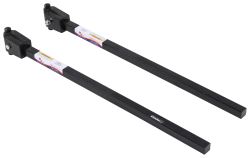
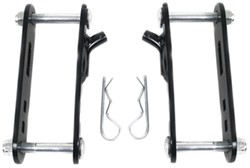
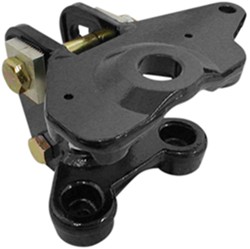

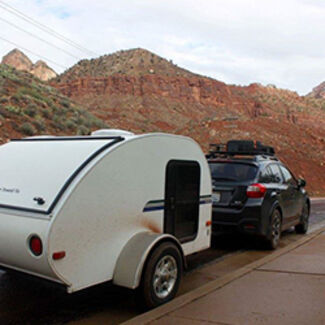

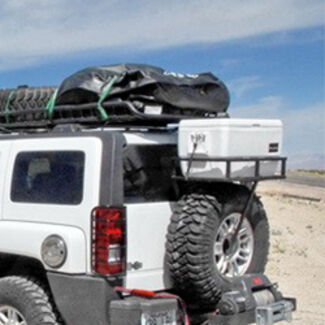



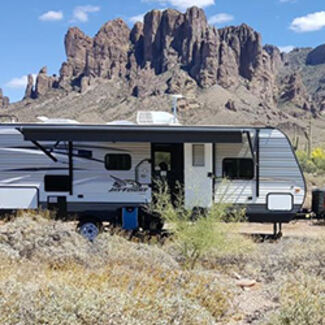


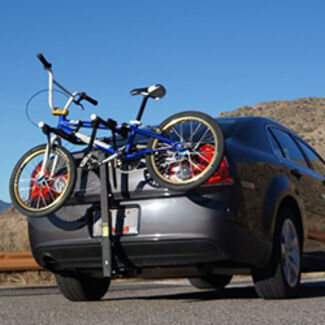
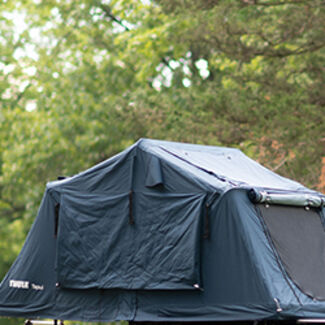

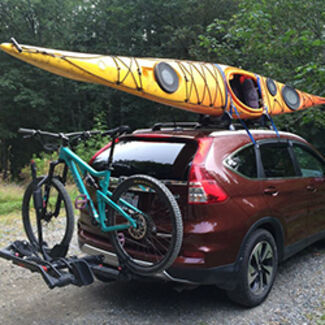
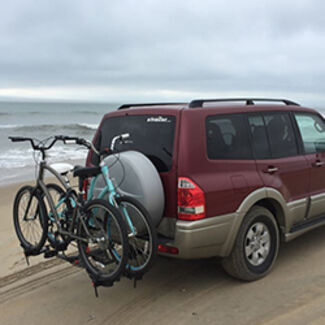














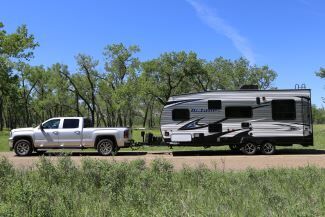
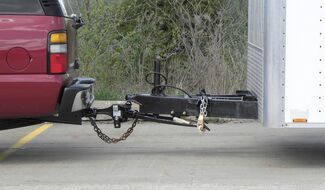





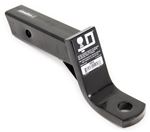



Terri S.
4/2/2023
I have an e2 hitch and I'm looking for info on what is a "normal" wear pattern for the various parts, and what might indicate a problem (for example, too much tongue weight).